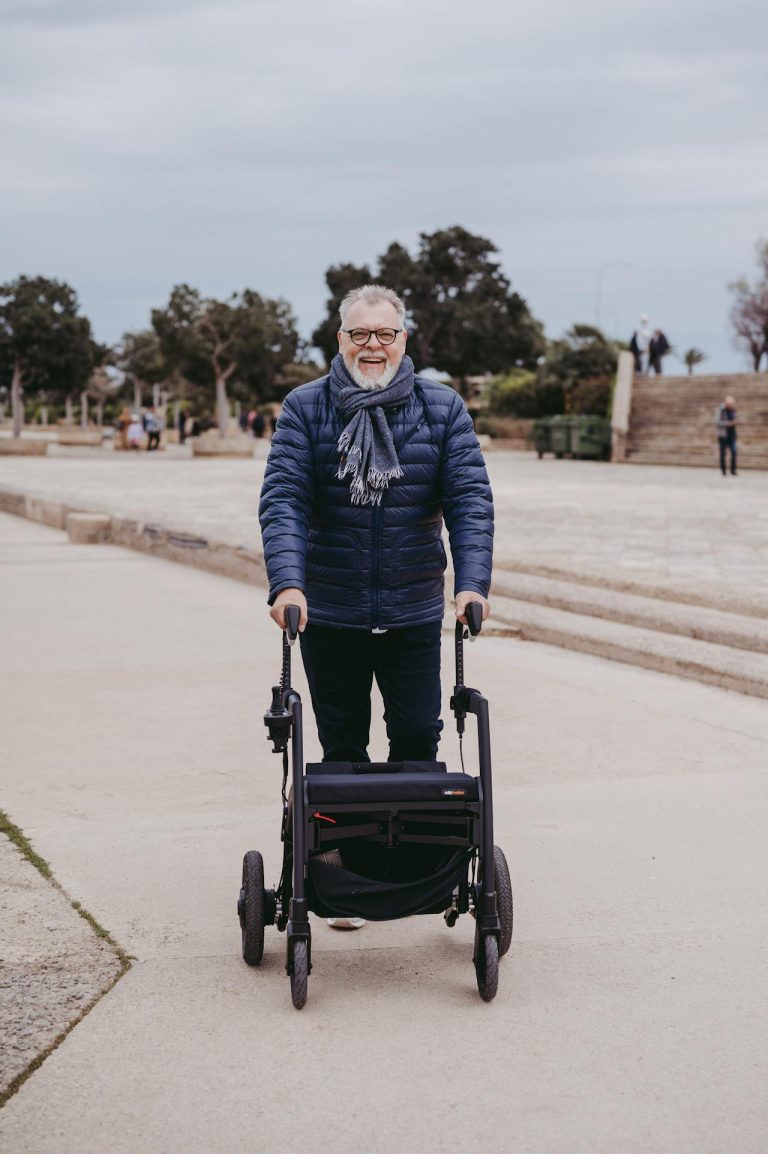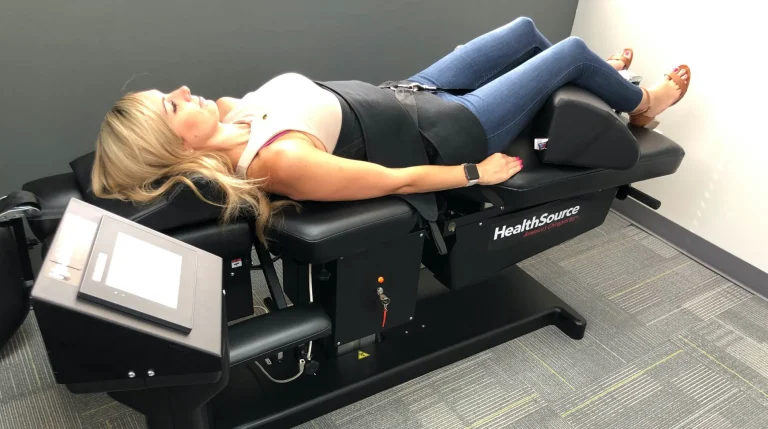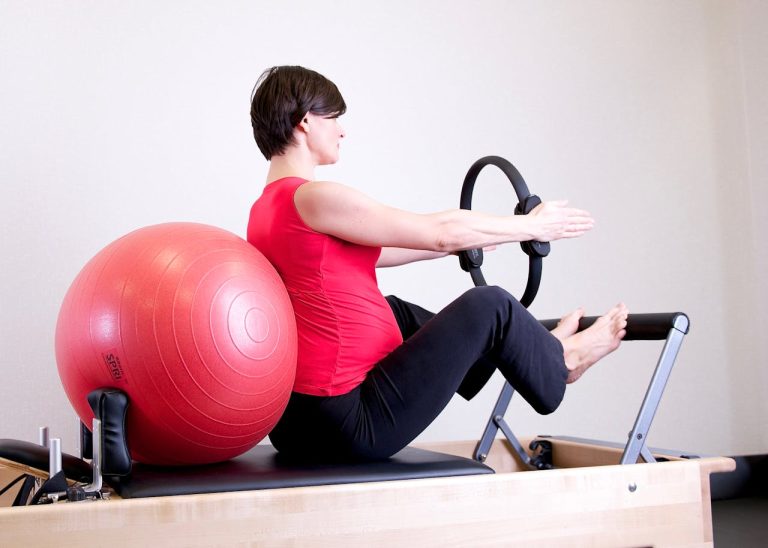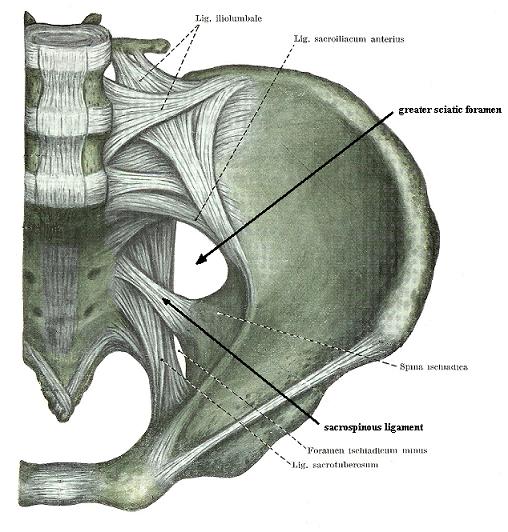What is the Best Sitting Position for Sciatica
Finding the Best Sitting Position for Sciatica Relief
The best sitting position for sciatica can greatly alleviate discomfort and promote healing for individuals suffering from this debilitating condition. According to recent studies, approximately 40% of people will experience sciatica at some point in their lives, highlighting the importance of understanding how to manage its symptoms effectively (American Academy of Orthopaedic Surgeons, 2021).
Understanding Sciatica
Sciatica is characterized by pain, numbness, or tingling that radiates along the sciatic nerve. This typically affect the lower back, buttocks, and legs. It often results from compression or irritation of the sciatic nerve, commonly caused by a herniated disc, spinal stenosis, or injury (Mayo Clinic, 2022). Patients with sciatica often find sitting particularly challenging, as it can exacerbate their symptoms and reduce their quality of life.
The Impact of Sitting Position on Sciatica
The significance of finding the best sitting position for sciatica cannot be overstated. Poor posture and incorrect sitting habits can increase pressure on the sciatic nerve, leading to heightened pain and discomfort. As a result, individuals with sciatica must be mindful of their sitting posture to prevent further aggravation of their condition.
Optimal Sitting Position for Sciatica Relief
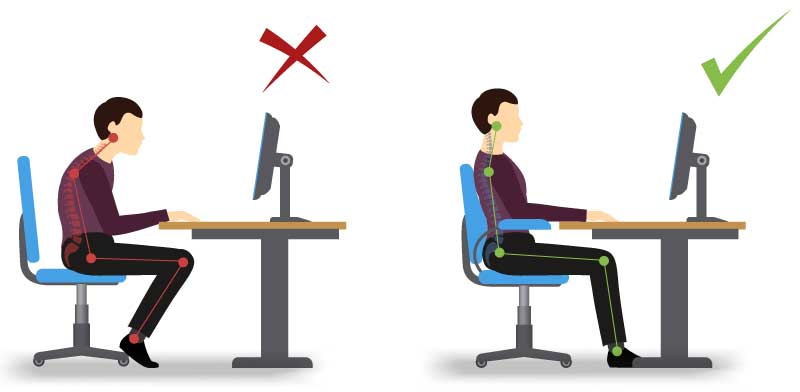
Maintain Proper Posture: Sit upright with your back against the chair’s backrest, shoulders relaxed, and feet flat on the floor. Avoid slouching or leaning forward excessively, as this can strain your lower back and worsen sciatic nerve compression.
Use Supportive Cushions: Place a cushion or rolled towel behind your lower back to provide lumbar support and maintain the natural curve of your spine. This helps alleviate pressure on the sciatic nerve and promotes a more comfortable sitting position.
Adjust Chair Height: Ensure that your chair is at an appropriate height so that your knees are slightly lower than your hips and your thighs are parallel to the floor. Use a footrest if needed to maintain proper leg alignment and reduce strain on your lower back.
Take Regular Breaks: Stand up, stretch, and walk around periodically, especially if you need to sit for extended periods. This helps improve circulation, relieves pressure on the sciatic nerve, and prevents stiffness and discomfort.
Addressing Hip Bursitis in Sciatica Patients
It’s essential to note that sciatica patients may also experience concurrent conditions such as hip bursitis, which can further contribute to pain and mobility issues. Hip bursitis involves inflammation of the bursae, small fluid-filled sacs that cushion the hip joint. Symptoms include hip pain, tenderness, and limited range of motion (Mayo Clinic, 2022).
To manage hip bursitis alongside sciatica, individuals can benefit from gentle stretching exercises, application of ice packs to reduce inflammation, and consulting healthcare professionals for personalized treatment plans.
How Medcareline.com Can Help
At Medcareline.com, we understand the challenges faced by sciatica patients and strive to provide valuable resources and information to support their journey to recovery. Our informational posts cover a wide range of topics, including tips for managing sciatica symptoms, exercises for pain relief, and ergonomic solutions for optimal sitting posture. By empowering individuals with knowledge and practical guidance, we aim to improve their overall well-being and enhance their quality of life.
Conclusion
In conclusion, finding the best sitting position for sciatica is crucial for managing symptoms and promoting healing. By maintaining proper posture, using supportive cushions, taking regular breaks, and addressing concurrent conditions like hip bursitis, individuals with sciatica can experience improved comfort and functionality in their daily lives. For comprehensive resources and expert insights on sciatica management, visit Medcareline.com today.
Frequently Asked Questions
Q: Can sitting on a soft or firm surface affect sciatica pain differently?
A: Yes, sitting on a soft surface like a plush couch can cause your hips to sink too far, leading to increased pressure on the sciatic nerve. Conversely, sitting on a firm surface like a supportive chair or cushion can help distribute weight more evenly and reduce nerve compression.
Q: Is there a specific angle at which I should recline my chair for sciatica relief?
A: Ideally, reclining your chair slightly (about 100-110 degrees) can help relieve pressure on your lower back and sciatic nerve. However, avoid reclining too far back, as this can strain your neck and upper back.
Q: Are there any specific exercises I can do to complement the best sitting position for sciatica?
A: Yes, exercises such as gentle stretching, yoga poses targeting the lower back and hips, and core-strengthening exercises can complement your sitting posture efforts. Consult with a physical therapist or healthcare professional for personalized exercise recommendations.
Q: Should I use a lumbar roll or a full backrest cushion for sciatica relief?
A: Both options can be beneficial, depending on your individual preferences and needs. A lumbar roll provides targeted support to the lower back, while a full backrest cushion offers more comprehensive lumbar and thoracic support. Experiment with both to determine which option works best for you.
Q: How often should I change my sitting position throughout the day to manage sciatica pain?
A: It’s recommended to change your sitting position every 20-30 minutes to prevent prolonged pressure on the sciatic nerve. Incorporate short breaks for stretching or walking to promote circulation and reduce stiffness.
Q: Can using a standing desk instead of sitting help with sciatica pain?
A: Standing desks can be beneficial for some individuals with sciatica, as they promote better posture and reduce prolonged sitting. However, it’s essential to alternate between sitting and standing positions throughout the day to avoid excessive strain on your legs and feet.
Q: Are there specific ergonomic chairs designed for sciatica patients?
A: Yes, there are ergonomic chairs with adjustable lumbar support, seat depth, and recline angles that can benefit sciatica patients. Consider consulting with an ergonomic specialist to find a chair that suits your unique needs and provides optimal support.
References:
American Academy of Orthopaedic Surgeons. (2021). Sciatica. https://orthoinfo.aaos.org/en/diseases–conditions/sciatica/
Mayo Clinic. (2022). Sciatica. https://www.mayoclinic.org/diseases-conditions/sciatica/symptoms-causes/syc-20377435


